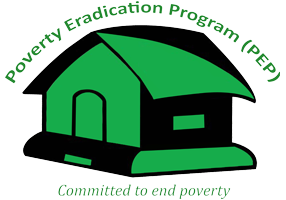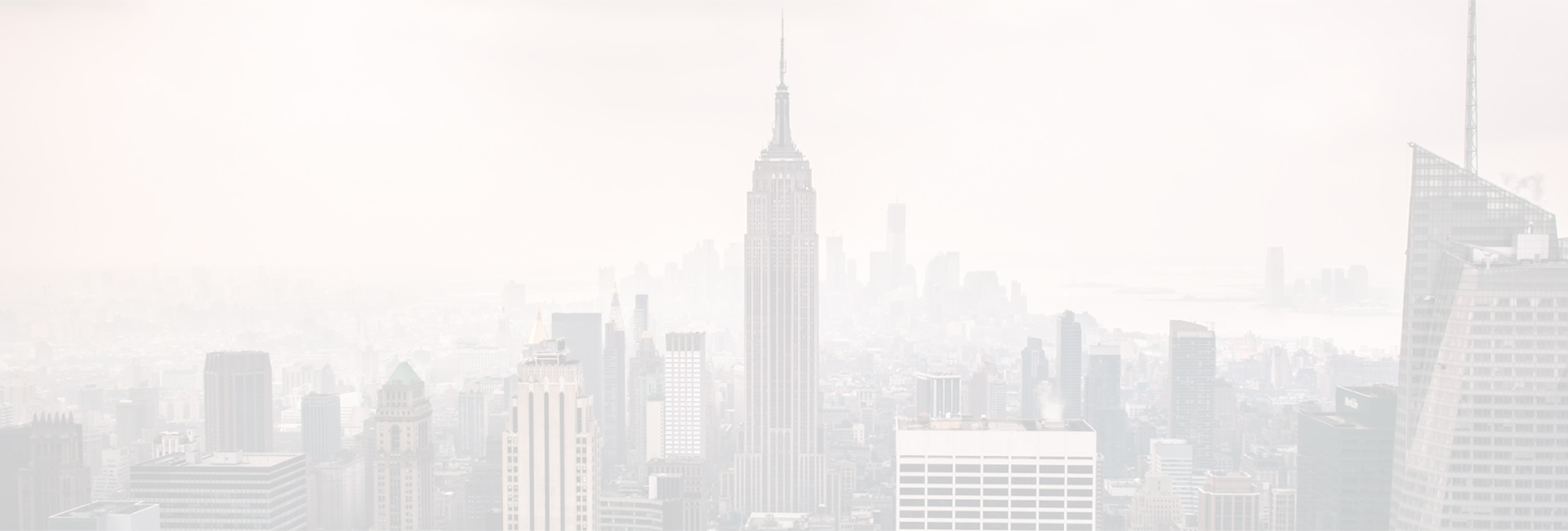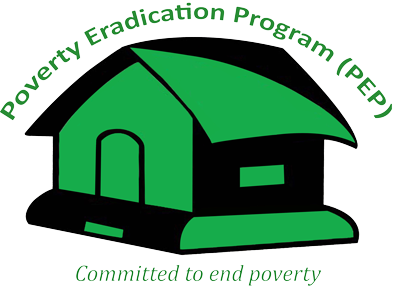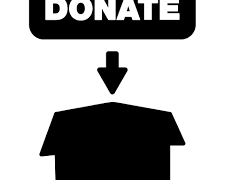WHAT WE DO
The Poverty Eradication Program (PEP) is a non-profit, national level NGO of the country. By utilizing its unique development model, PEP aims to aid in poverty alleviation by focusing on the rural impoverished citizens in the most need. The PEP model is founded on respect for all people and the belief that in partnering with the poor to help them find the necessary resources, they will devise creative ways to successfully solve their own problems and become contributing members of society
Poverty Eradication Program Model
Poverty Eradication Program Model Committed to end poverty
Integrated Development Model:
The integrated development model is people focused and not program driven. Each family’s needs are different, their talents diverse and their capabilities individual.
PEP Model
PEP is people-focused, rather than program-focused. PEP’s development partners are the hard-core poor, who are mainly the landless poor, women, children of the poor, the homeless, the unemployed, marginal and small farmers and traditional artisans.





